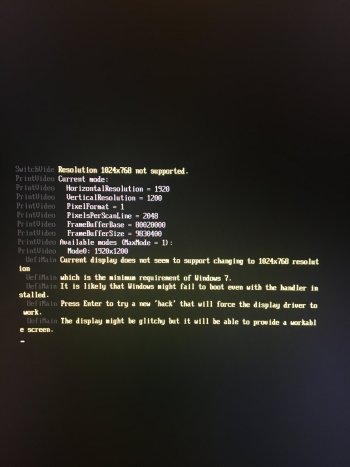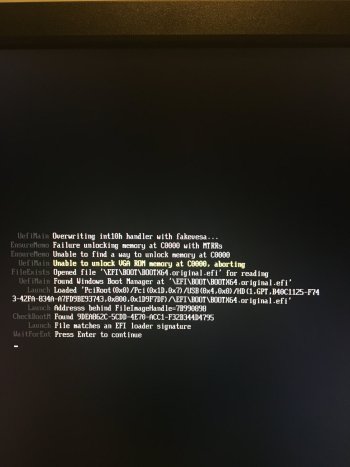I have a MP4,1->5,1 that I've tried to use AHCI in CSM mode in Win7 for some time.
As you probably know, HDD bay 3 & 4 is tricky in this mode (Impossible with the MBR hack?).
I've tried to use grub to set the PCI registers and flip bits in the ABAR memory to set the SATA controller in combined mode (6 port controller instead of the default in CSM mode 4+2. Guess which ports are related to bay 3 & 4).
What I end up with is an almost 2 minutes boot time from an SSD and a constant higher than normal CPU usage from the System Interrupts (IIRC) service.
It is stable and functional after login, but I don't trust this hack.
There may be a correct sequence to reset the controllers PCI register post boot to defaults in 6 port mode, but I haven't found it, or I have the wrong sequence of pciset and bitflips in ABAR ram area.
I am very stubborn (also foolish) and want to avoid OpenCore and Win10. I already have a more competent Win10 machine.
Is https://github.com/manatails/uefiseven a possible solution, although it's intended use is for newer UEFI machines with a lack of int10?
Is Win7 known to write junk/certificates to NVRAM in the same way Win10 does, potentially resulting in a lost ROM?
I have a good dump of the ROM and verified the health of the SPI flash thanks to tsialex guide with UEFITool.
Any input here is welcome!
Thanks in advance.
As you probably know, HDD bay 3 & 4 is tricky in this mode (Impossible with the MBR hack?).
I've tried to use grub to set the PCI registers and flip bits in the ABAR memory to set the SATA controller in combined mode (6 port controller instead of the default in CSM mode 4+2. Guess which ports are related to bay 3 & 4).
What I end up with is an almost 2 minutes boot time from an SSD and a constant higher than normal CPU usage from the System Interrupts (IIRC) service.
It is stable and functional after login, but I don't trust this hack.
There may be a correct sequence to reset the controllers PCI register post boot to defaults in 6 port mode, but I haven't found it, or I have the wrong sequence of pciset and bitflips in ABAR ram area.
I am very stubborn (also foolish) and want to avoid OpenCore and Win10. I already have a more competent Win10 machine.
Is https://github.com/manatails/uefiseven a possible solution, although it's intended use is for newer UEFI machines with a lack of int10?
Is Win7 known to write junk/certificates to NVRAM in the same way Win10 does, potentially resulting in a lost ROM?
I have a good dump of the ROM and verified the health of the SPI flash thanks to tsialex guide with UEFITool.
Any input here is welcome!
Thanks in advance.



